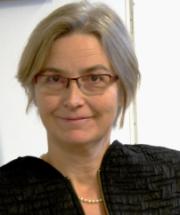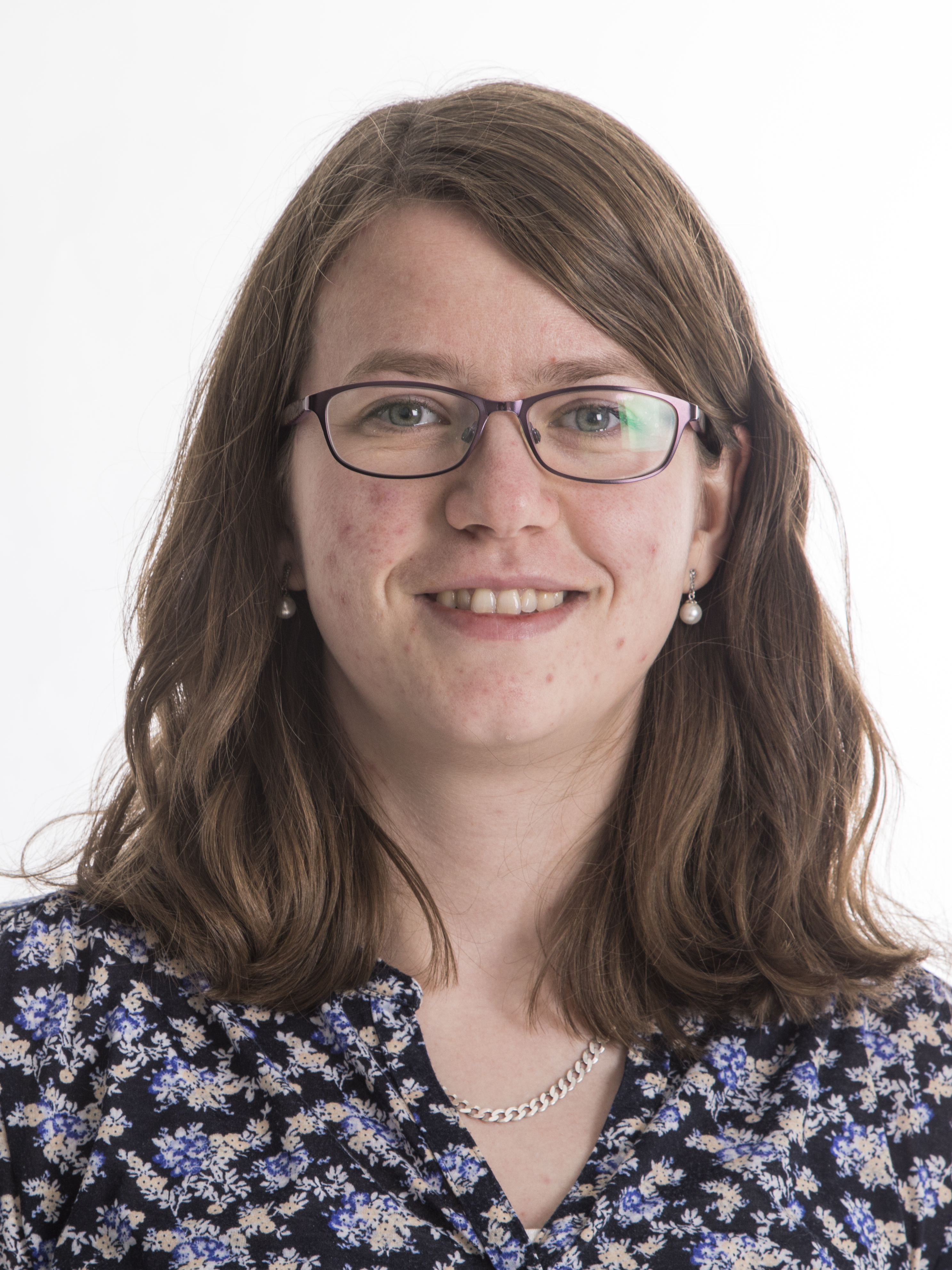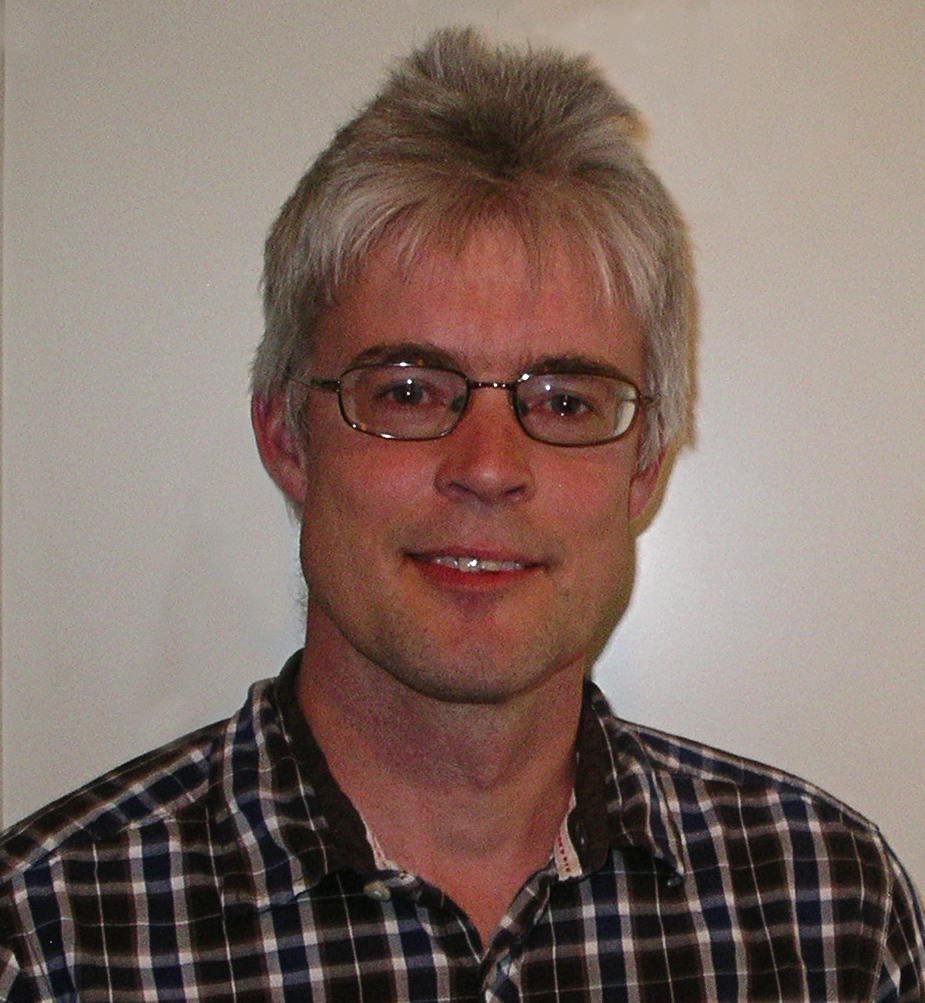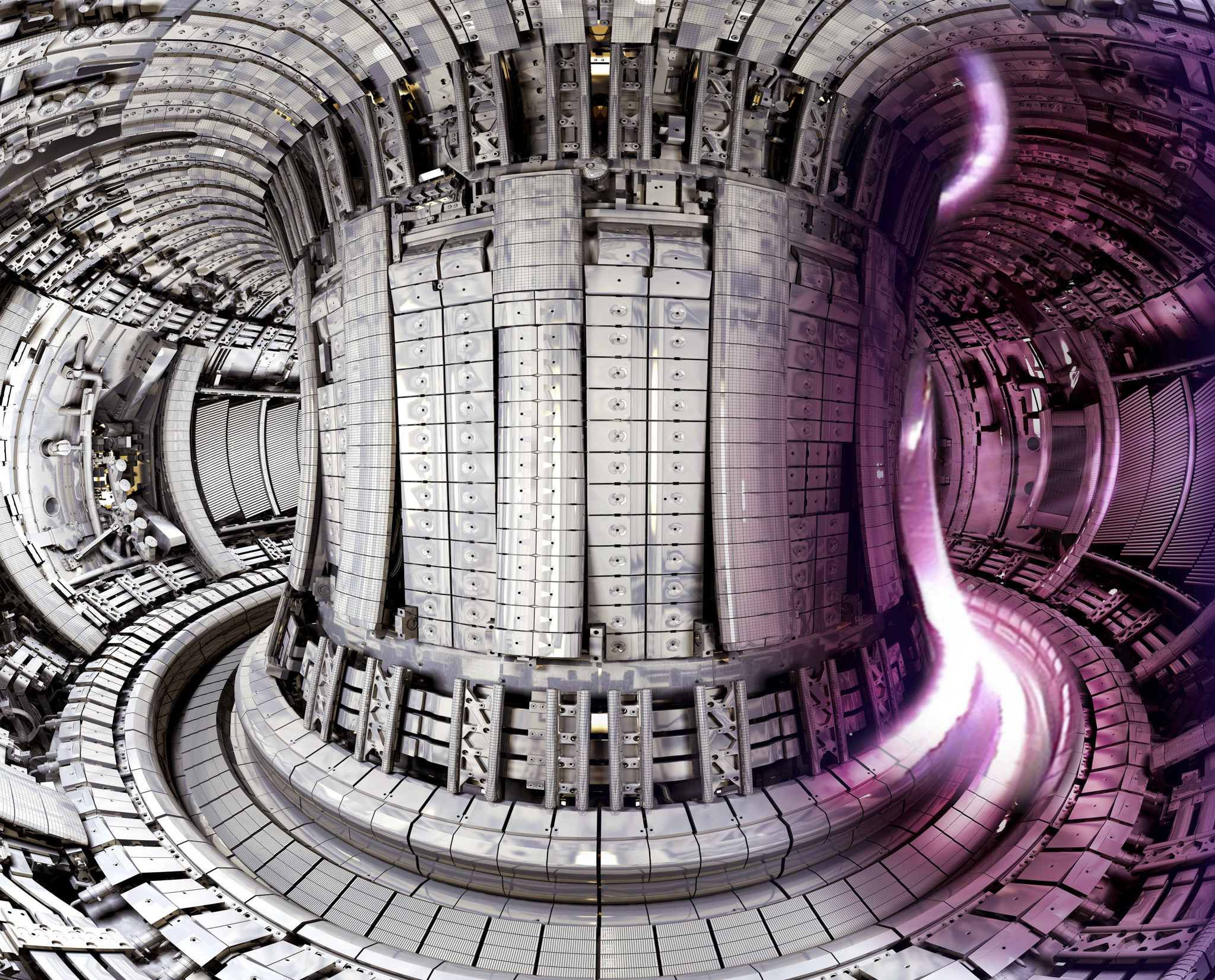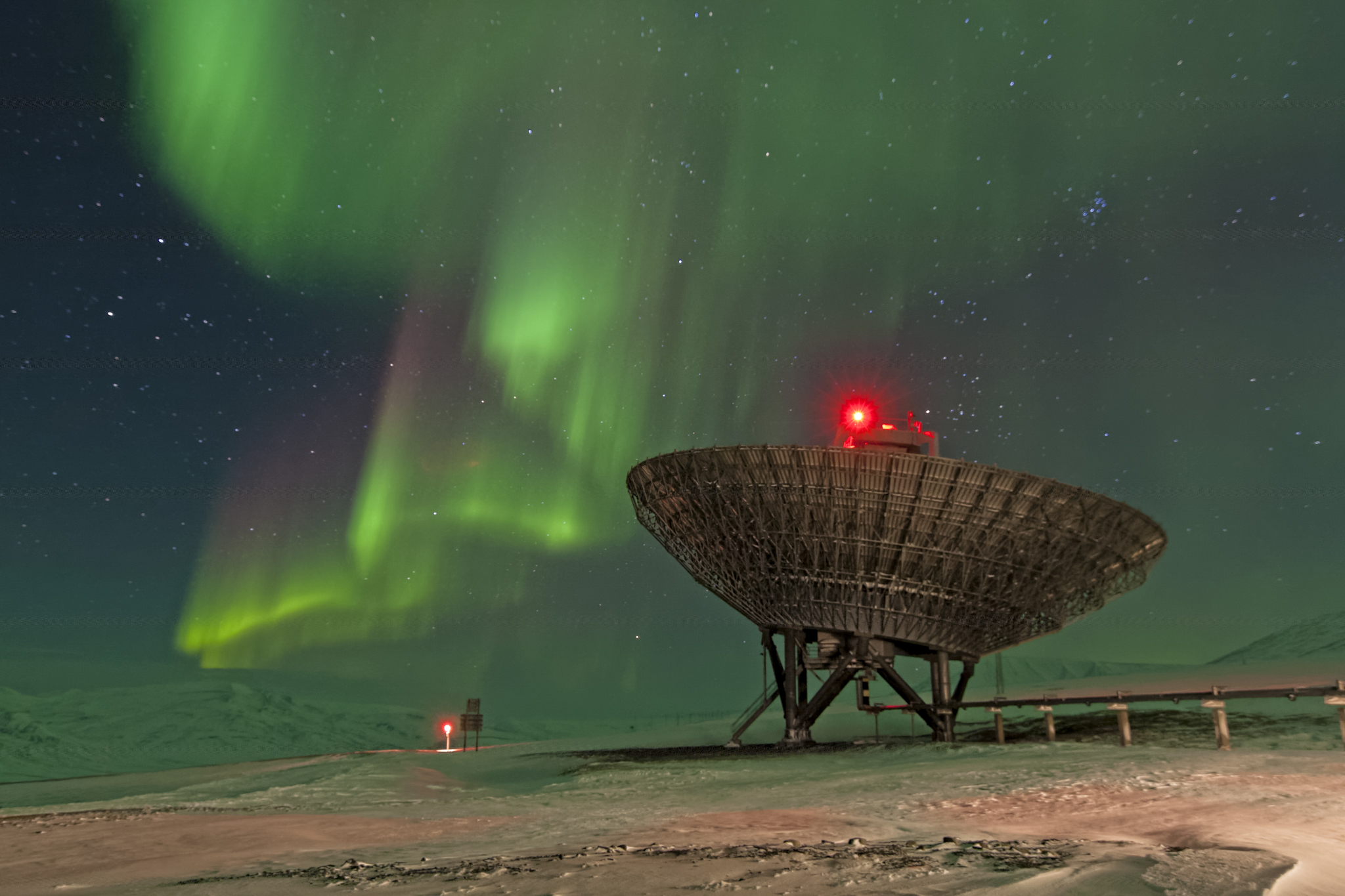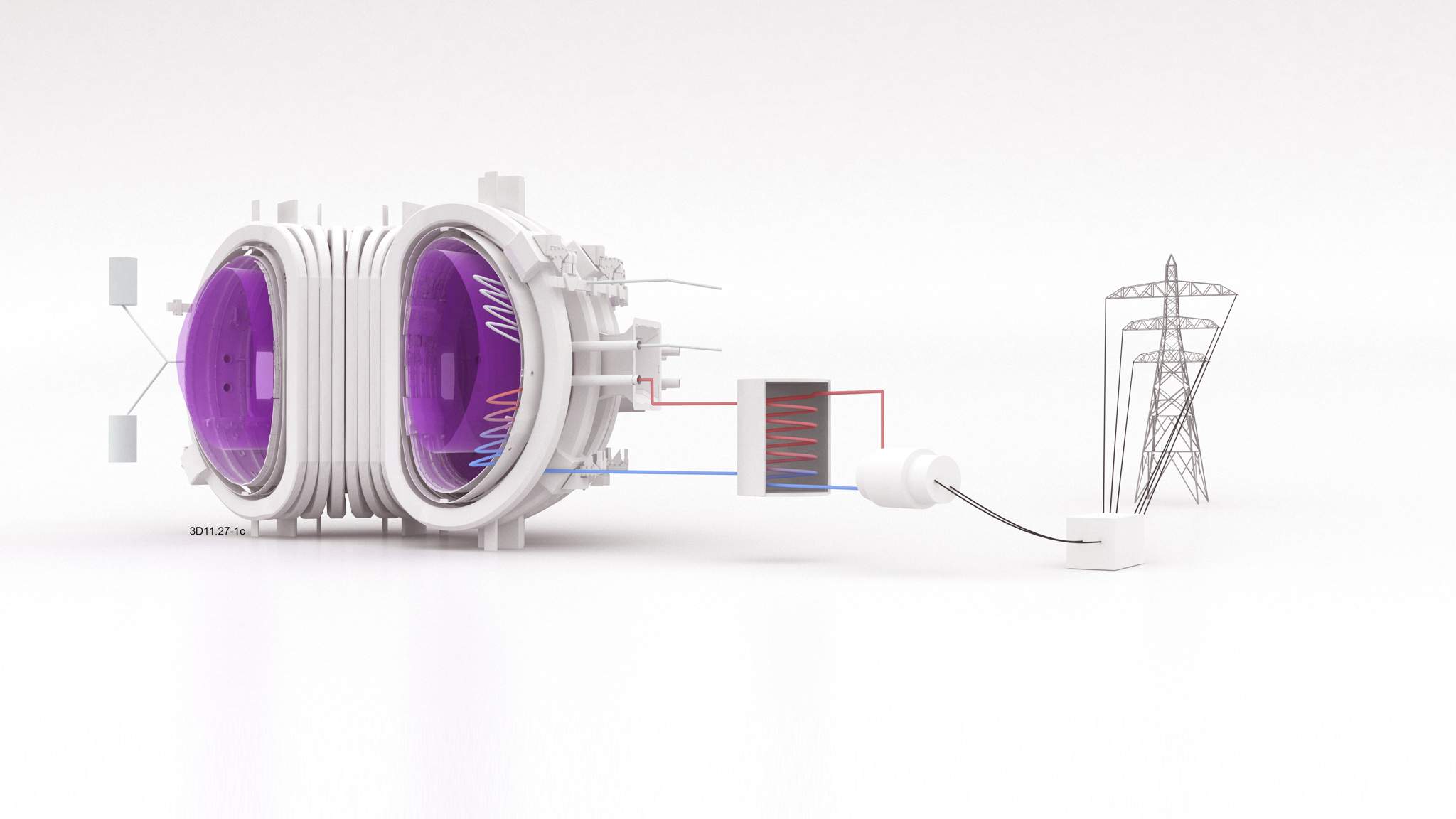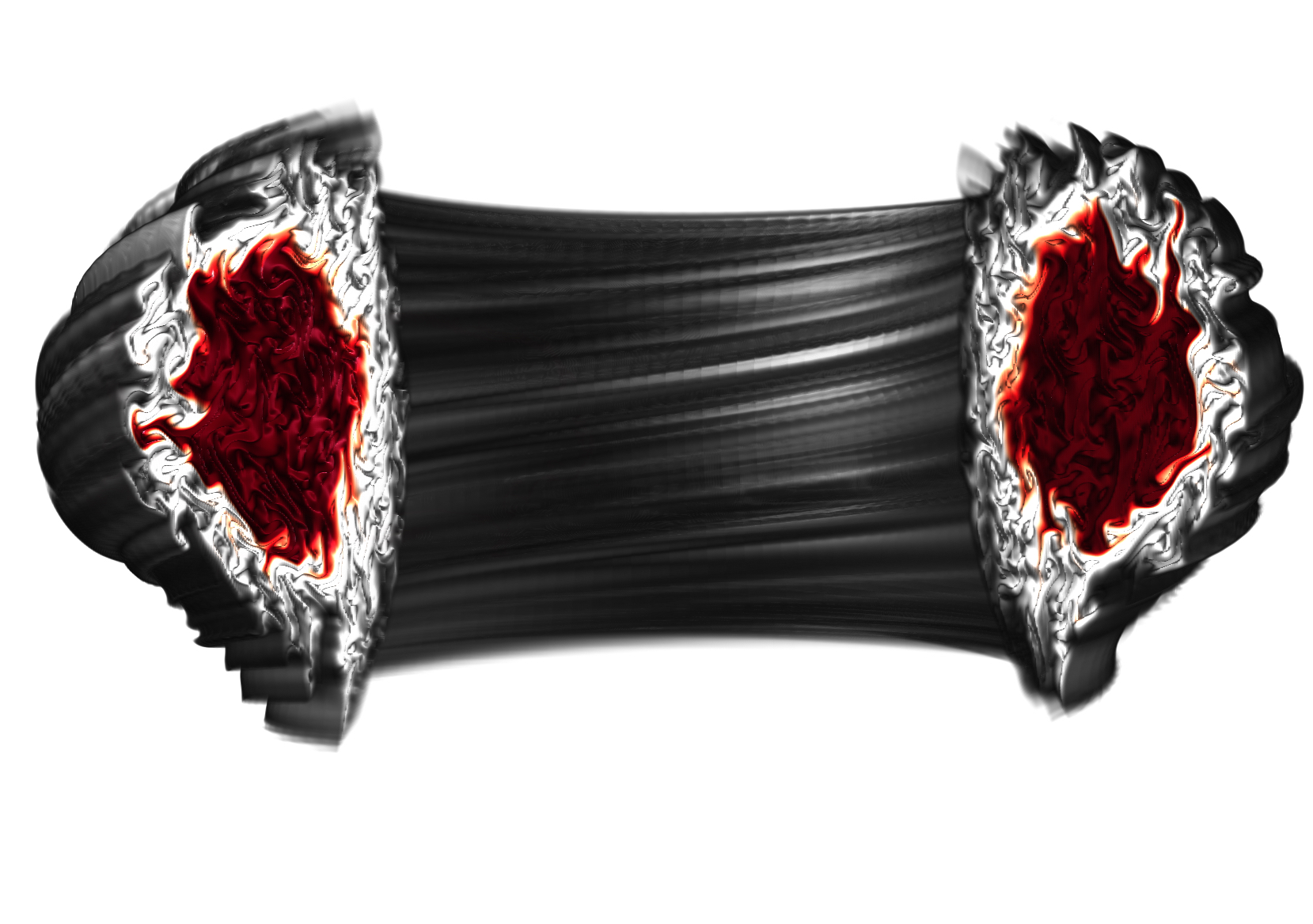News
May 18, 2021 Research by DYNAMO deputy centre leader receives international attention. Deputy centre leader Martin Rypdal in collaboration with Niklas Boers at the Potsdam Institute for Climate Impact Research has researched possible tipping points in the Greenland ice sheet. The research has been in the news around the world. Including a news article published by The Guardian. Also mentioned in VG, Dagbladet and Daily Mail.
April 21, 2021 DYNAMO enter research collaboration with MIT Plasma Science and Fusion Center with funding from Equinor. Three new doctoral and postdoctoral fellows will be hired in the center. The agreement gives UiT employees access to measurement data from MIT, and DYNAMO doctoral and postdoctoral fellows will have possibilities for a research stay at MIT. At UiT, we will use our expertise to predict how MIT-PSFC will maximize scientific result from the SPARC experiment. UiT published a news article about the collaboration agreement (in Norwegian).

January 4, 2021 DYNAMO welcomes Nils Bochow! Nils has just started his PhD in climate science at DYNAMO. He will be working on tipping elements and critical transitions in the Earth system. Nils is associated with the EU Horizon 2020-project TiPES and will do his PhD at UiT and the Niels Bohr Institute at the University of Copenhagen, supervised by deputy centre leader Martin Rypdal and Peter Ditlevsen (Copenhagen). Nils has a Bachelor's and Master's degrees in physics from Humboldt University of Berlin, and wrote his Master’s thesis at the Potsdam Institute for Climate Impact Research (PIK).

January 4, 2021 DYNAMO welcomes Anna Poltronieri! Anna has just started her PhD in climate science at DYNAMO. She will be working on fluctuations across scales and states in non-linear climate dynamics, supervised by deputy centre leader, prof. Martin Rypdal. Anna completed her Master’s degree in Mathematics at the University of Padua (Italy), where she also worked on authentication and integrity protection of GNSS signals as a research fellow.
December 11, 2020 News article: Newspaper, Dag og Tid, publishes a news article about fusion energy, including interview with centre leader Odd Erik Garcia (in Norwegian).
November 14, 2020 News article: NRK publishes a news article about fusion energy commitment in Norway, including interview with centre leader Odd Erik Garcia (in Norwegian).

October 1, 2020 DYNAMO welcomes Juan Manuel Losada! Juan has started his PhD in fusion plasma at DYNAMO. He will be working on modelling the statistical properties of fluctuations in the boundary of magnetically confined plasmas, with supervisor prof. Odd Erik Garcia. Juan has bachelor’s degrees in engineering physics as well as mathematics from the CFIS institution at The Polytechnic University of Catalonia, and a Master of Physics degree from NTNU. Between degrees Juan has worked as a software developer.

August 17, 2020 DYNAMO welcomes Sajidah Ahmed! Sajidah has started her PhD in fusion plasma at DYNAMO. She will be working on Intermittent fluctuations in the boundary of magnetically confined fusion plasmas, with supervisor Dr. Audun Theodorsen. She will also be collaborating with the Plasma Science and Fusion Centre (PSFC) at Massachusetts Institute of Technology (MIT). Sajidah has a Master’s degree in physics with Professional and Research Placements from the University of Bath, UK.
August 10, 2020 DYNAMO welcomes Magdalena Anna Korzeniowska! Magda has just started her PhD in complex systems modelling at DYNAMO. She will be working on modelling self-organized critical (SOC) dynamics and long-range dependence in physical systems, supervised by centre leader, prof. Odd Erik Garcia. Magda completed her Master´s degree in applied mathematics at the Department of Mathematics and Statistics at UiT The Arctic University of Norway.

August 10, 2020 DYNAMO welcomes Iuliia Mikhailova! Iuliia has just started her PhD in arctic ecosystems at DYNAMO. She will be working on the project titled: “Seasonality and modelling of Arctic ecosystems: integrating mathematical and statistical approaches”, supervised by research theme leader Nigel Yoccoz, deputy centre leader Martin Rypdal and Jarad P. Mellard. Iuliia has a Master's in applied economics and mathematical methods from the HSE University in Saint-Petersburg and a Master's in international fisheries management from UiT The Arctic University of Norway.
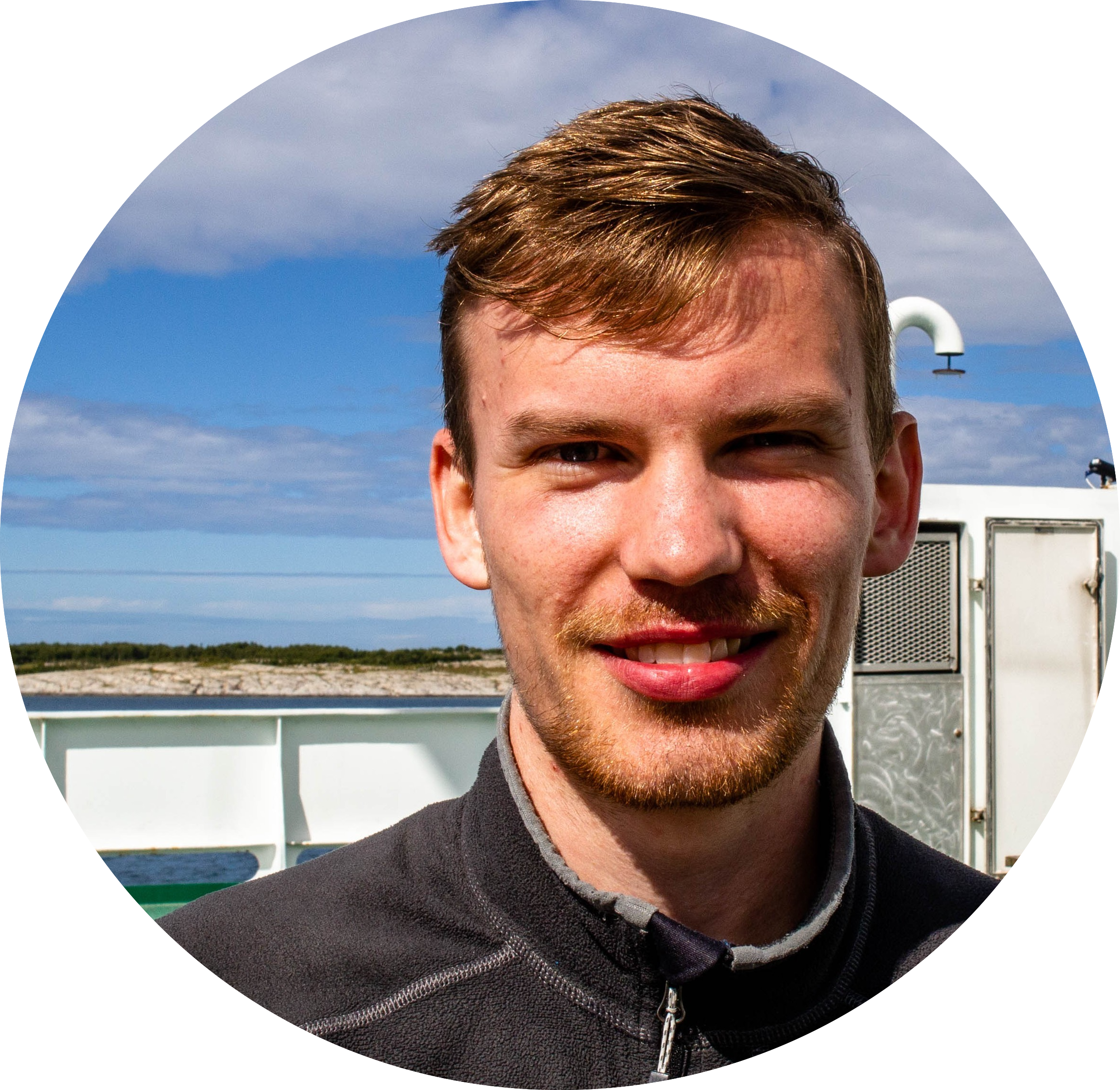
August 1, 2020 DYNAMO welcomes Eirik Rolland Enger! Eirik has just started his PhD at DYNAMO. He will be working on estimating global temperature response to volcanic eruptions using sophisticated climate simulations, supervised by Dr. Audun Theodorsen. Eirik did an integrated Master’s degree in space physics at UiT The Arctic University of Norway. During his studies Eirik worked at the Norwegian Defence Research Establishment (FFI), working with software defined radios.
June 15, 2020 News article: Local newspaper, iTromsø, publishes news article about centre leader Odd Erik Garcia's role in Equinor's recent invenstments in fusion energy (in Norwegian).
June 03, 2020 News article: Local newspaper, Nordlys, publishes interview with centre leader Odd Erik Garcia about fusion energy and Equinor´s investments in fusion energy research (in Norwegian)
May 26, 2020 Debate: Tu publishes a debate post by centre leader Odd Erik Garcia, discussing Norwegian contribution to develpoment of fusion energy (in Norwegian).
February 14, 2020 News article about DYNAMO: Local newspaper, iTromsoe, pusblishes a news article about the Dynamo centre, including interviews with centre leader Odd Erik Garcia and deputy leader Martin Rypdal (in Norwegian).
February 6, 2020 Prediction of Corona virus development: UiT publishes a news article with DYNAMO-scientist Martin Rypdal, who has used a non-linear mathematical model in order to predict the spread of the corona virus in China (in Norwegian).
February 4, 2020 News article about DYNAMO: The regional newspaper Nordlys has published a news article about the DYNAMO-centre, including interviews with centre leader Odd Erik Garcia and deputy leader Martin Rypdal.
January 30, 2020 Tenure-track positions announced: We are looking for 1-2 Associate Professors in applied mathematics, statistics, climate science, scientific computing, or complex systems modeling. For each associate professor we offer an excellent start-up package with reduced teaching, funding for PhD students, and mentoring. See more under Open Positions.
January 27, 2020 UiT publishes a news article about DYNAMO. Here you can read interviews with the UiT Aurora Centre research theme leaders explaining the motivation behind the research activities, the link between the research themes and the goal of the investigations (in Norwegian).
January 24, 2020 A new RCN project strengthens research in the DYNAMO center: The Research Council of Norway announced that they will fund the project "NORTHERN FOREST: A multi-driver framework for near- term iterative forecasting of ecosystem states" with approximately 12 MNOK. DYNAMO research theme leader Nigel Gilles Yoccoz, who is a work-package leader in the new project, says that the proposed research will provide more and better data for model building and thereby benefit the DYNAMO-centre. Congratulations to everyone involved!
January 15, 2020 First PhD position announced: The DYNAMO center has announced its first open position – a joint PhD Fellowship between UiT The Arctic University of Norway and the Niels Bohr Institute at the University of Copenhagen. Application deadline is February 16. See more under Open Positions.
January 1, 2020 UiT Aurora Centre DYNAMO is established: UiT The Arctic University of Norway has allocated funds for research groups that demonstrate excellence and that need to strengthen their capacity in order to be successful in the competition for larger external funding. Applications for two new UiT Aurora Centres were subject to an external peer review process. The DYNAMO project description received the highest score on all evaluation points and its funding was announced in a UiT news post on December 18.


